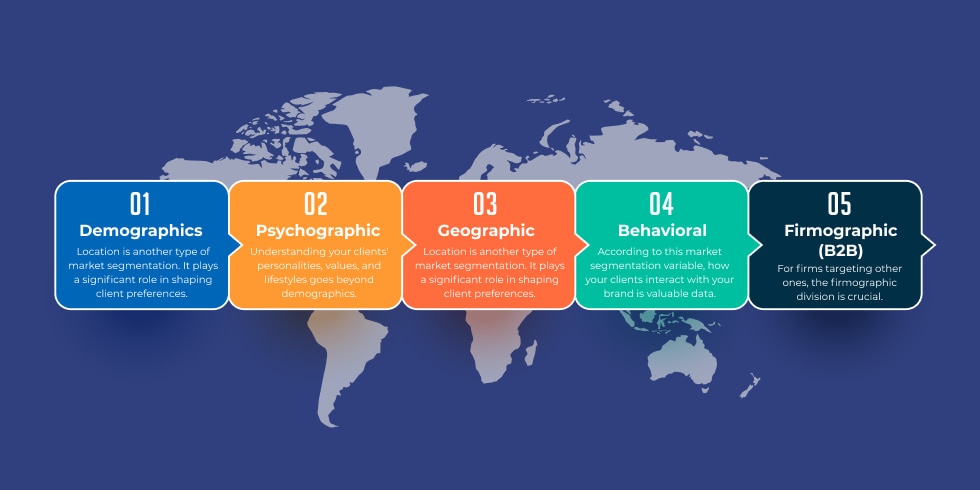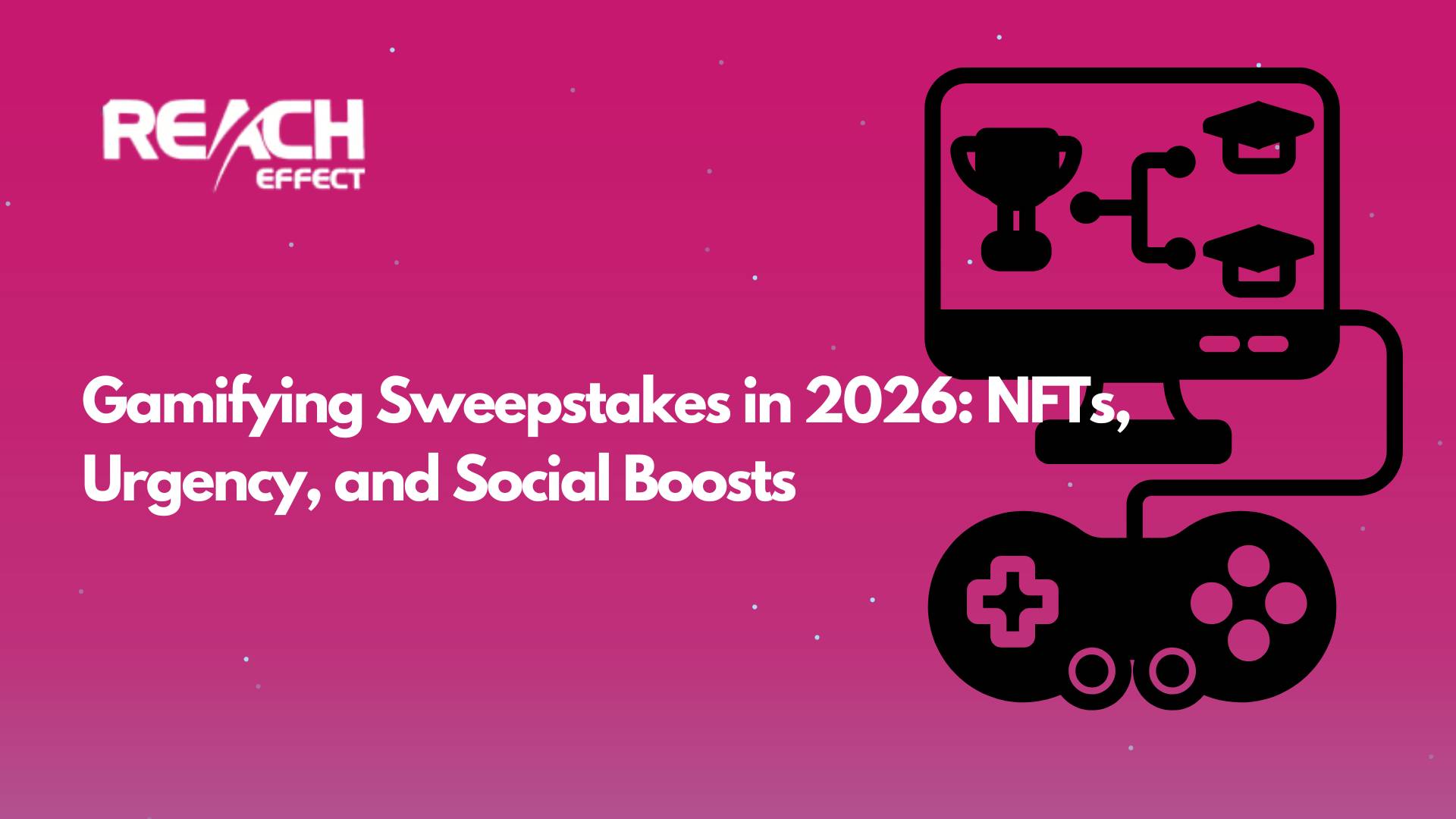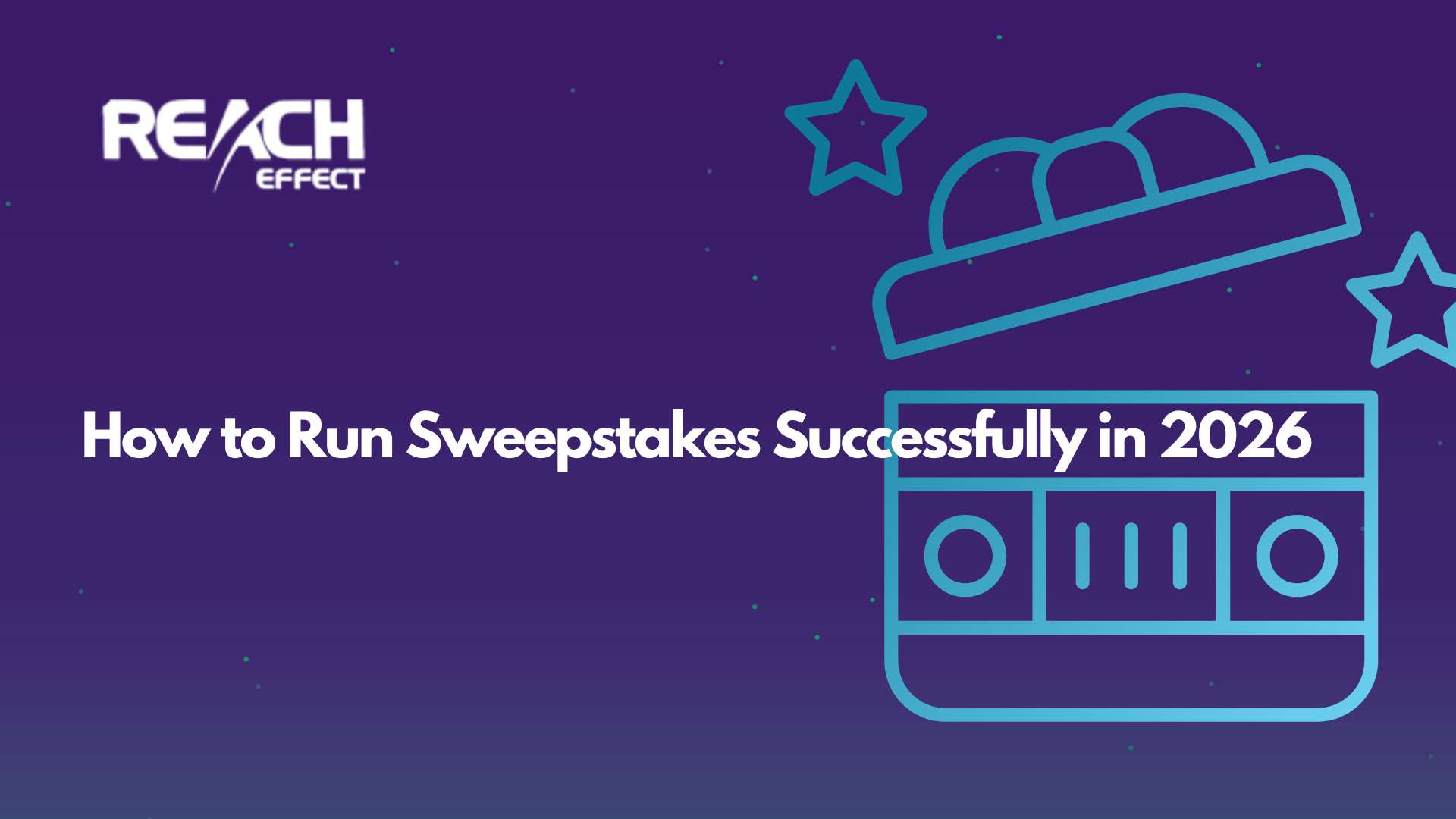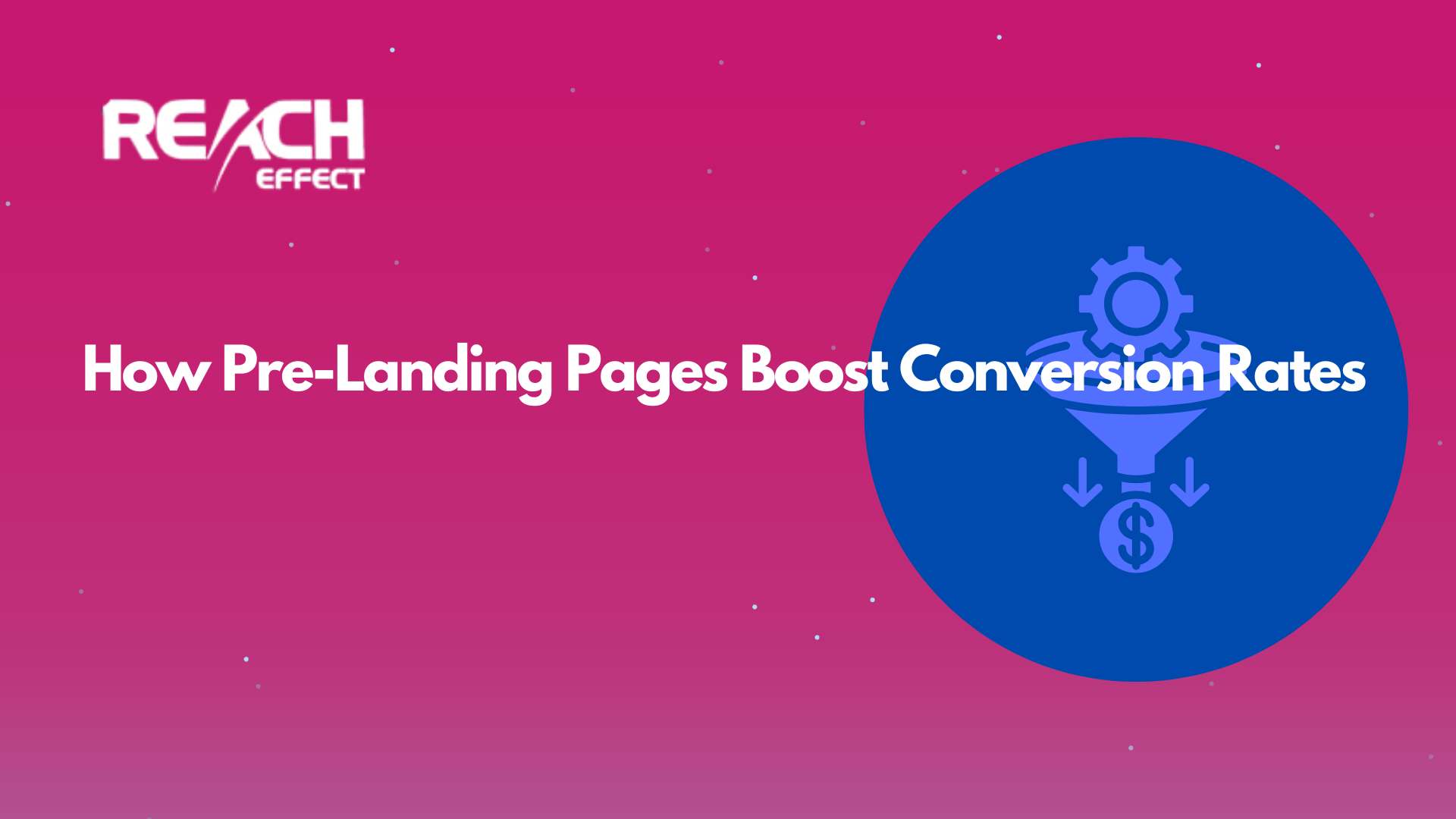Imagine you’re opening a new restaurant. You wouldn’t design a one-size-fits-all menu, right? Instead, you’d consider factors like location, client demographics, and even dietary preferences. It’s to craft an appealing selection.
Thank you for reading this post, don't forget to subscribe!The market division works similarly. It divides the target audience (TA) into distinct groups with shared characteristics. It allows you to tailor your marketing efforts to resonate more effectively with each segment. But how do you identify these groups? Let’s explore the different types of market segmentation. Those can help you achieve marketing magic.
What Are Marketing Segmentation Variables?
Market division variables are the building blocks for creating client segments. They represent various characteristics that define your TA. Analyzing these variables allows you to uncover unique subgroups with similar needs, preferences, or behaviors. The key variables to consider are demographic, psychographic, geographic, and behavioral:
- Demographics. It includes basic characteristics. They’re age, gender, income level, education, family size, and occupation.
- Psychographics. It delves deeper into the client’s lifestyles, interests, values, and personalities.
- Geographics. It focuses on location, such as country, region, city, or even zip code.
- Behaviorals. It categorizes clients based on purchasing habits, usage patterns, and brand loyalty.
- Firmographics (B2B). It is relevant for business-to-business marketing. It also considers factors like company size, industry, and revenue.
Types of Market Segmentation
Unleashing the power of client data! We can dissect our target market into distinct groups by analyzing some factors. They are age, location, and interests. This strategic technique allows us to tailor messaging and products for maximum impact. Let’s explore the most effective methods for creating these powerful audience segments.

Demographic
It is a widely used method that categorizes clients based on basic demographics. Reacheffect allows you to gather and analyze demographic data. It’s to identify trends within your audience. For instance, you might segment your audience by age group and discover a higher concentration of young professionals interested in a particular product. It would inform your marketing strategy to target that segment with messaging and visuals that resonate with them.
Psychographic
Understanding your clients’ personalities, values, and lifestyles goes beyond demographics. Reacheffect can integrate with various survey tools to help you gather psychographic data. Imagine you segment your client base by lifestyle and uncover a group of health-conscious people. You can then tailor your marketing to highlight your products’ natural ingredients and health benefits. It creates a stronger connection with this segment.
Geographic
Location is another type of market segmentation. It plays a significant role in shaping client preferences. Reacheffect allows you to track user locations and segment your audience geographically. It could be helpful if your firm operates in a specific region or if your product caters to different geographical needs. For example, a clothing company might segment its audience by climate and create targeted campaigns. Those showcase winter wear for colder regions and summer wear for warmer areas.
Behavioral
According to this market segmentation variable, how your clients interact with your brand is valuable data. Reacheffect can help you analyze user behavior on your website or app. It identifies patterns in engagement levels, purchase history, and browsing activity. It allows you to segment clients based on their actions. You might identify a segment of high-value clients who purchase specific product categories. Reacheffect can then be used to create targeted campaigns. Those will offer exclusive discounts or early access to new products for these loyal clients.
Firmographic (B2B)
For firms targeting other ones, the firmographic division is crucial. Reacheffect can integrate with business intelligence tools. It’s to help you gather and analyze data on potential clients. You could segment companies by industry size, revenue model, or growth stage. It allows you to tailor your marketing messages to resonate with each segment’s specific needs and challenges.
Conclusion
Market division is a powerful tool for creating targeted marketing campaigns. By understanding market segmentation variables and how Reacheffect can help you leverage them, you can create distinct client segments and craft messaging that truly resonates with each group. This approach fosters stronger client relationships. It helps to boost brand loyalty and ultimately drive sales and conversions.
[insert-buttons] [/insert-buttons]










